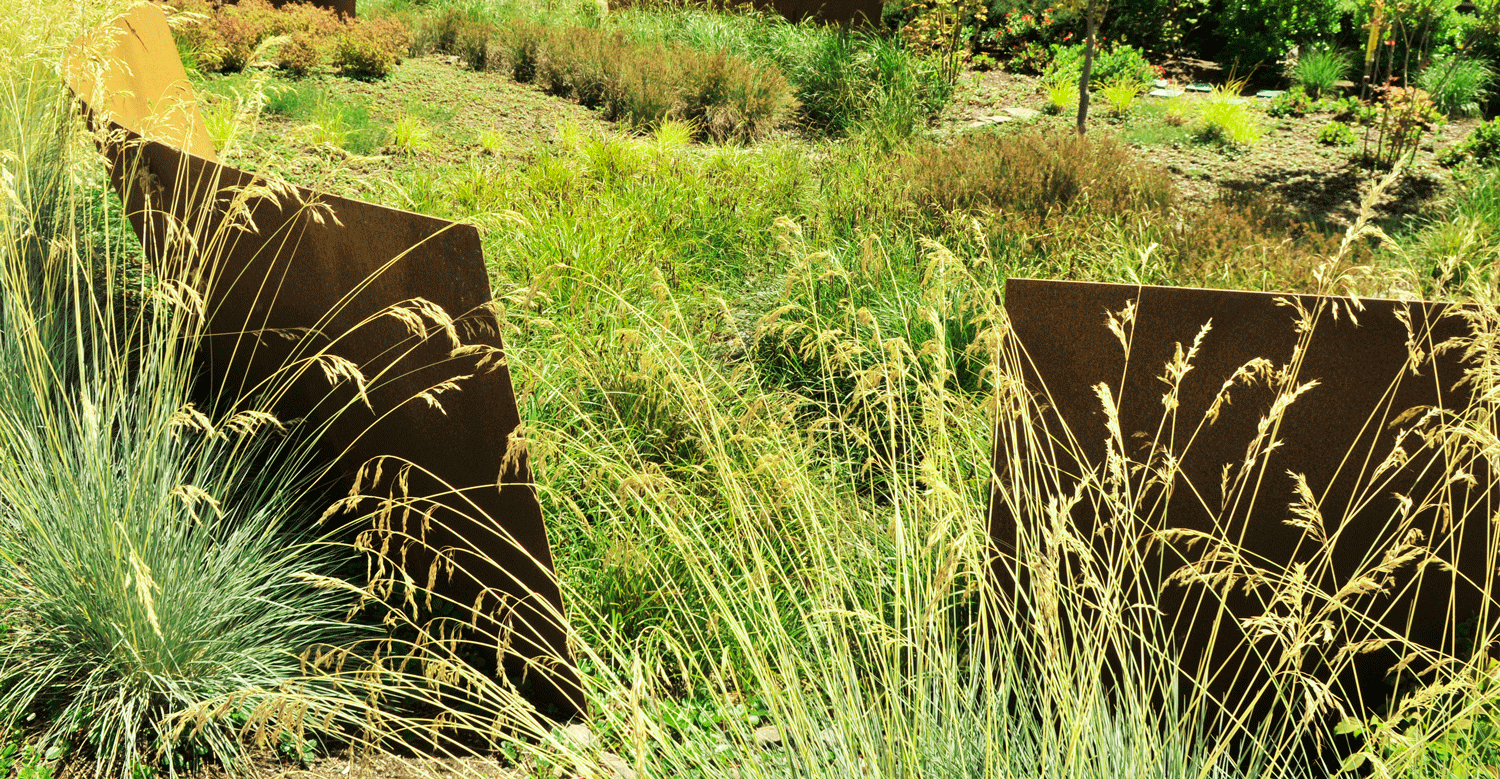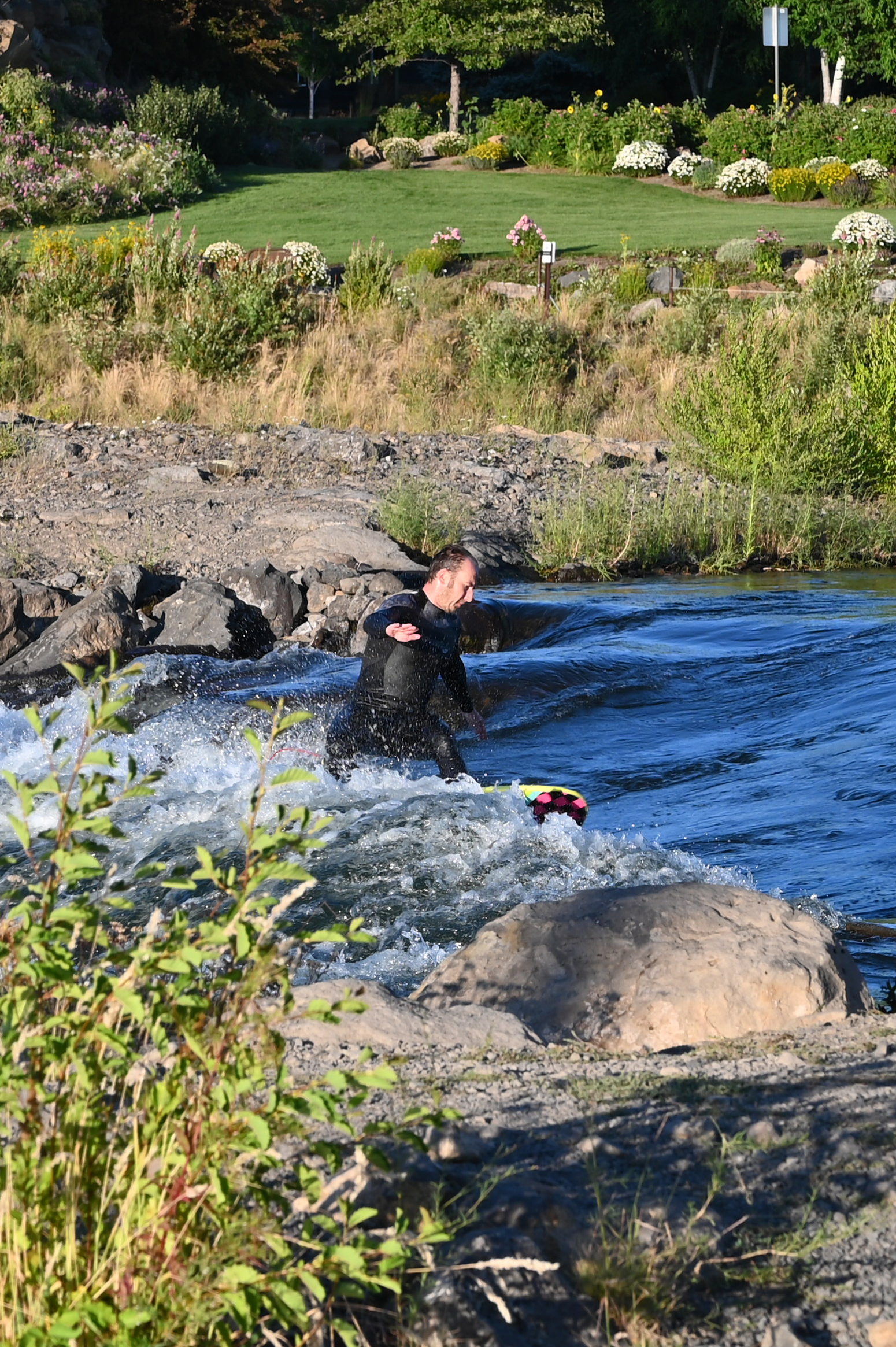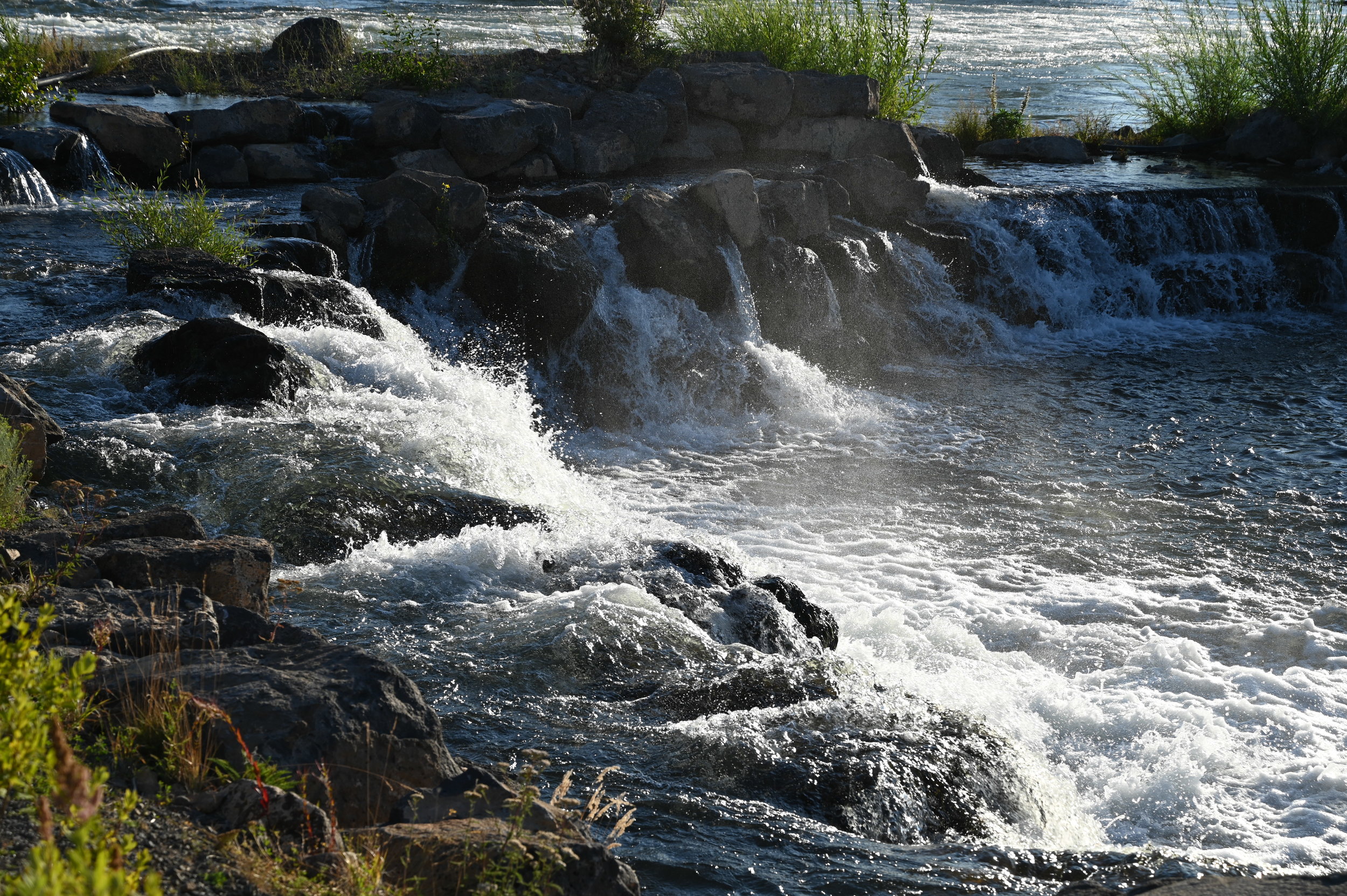Bend Whitewater Park
/On the Deschutes River, the Colorado Avenue Dam maintains water surface elevations upstream in the Mill District, but is located in an area of the river that is heavily used by boaters, kayakers, and tubers. Prior to this project, the dam and footbridge configuration blocked downstream passage and required all river users to exit the river and portage around the impediment, exposing a high number of low-skilled users to the potential of being swept into the dam.
A team that included GreenWorks designed this project to provide safe passage over the existing dam. In addition to the in-water recreational components, the design includes increased habitat diversity along the river by incorporating fish passage and on-bank habitat restoration, design improvements to McKay Park, and replacement of the pedestrian bridge.
The project is made up of three distinct channels:
The Passageway Channel with modest rapids for people floating the river with tubes,
The Whitewater Channel with four wave features for more experienced whitewater enthusiasts, and
The Habitat Channel, with no public access, provides habitat to local and migratory wildlife.
Opened in 2015, the new Bend Whitewater Park enhances recreation by allowing river users to travel through the dam without having to portage and improves riverfront habitat in an ecologically sensitive area.
















